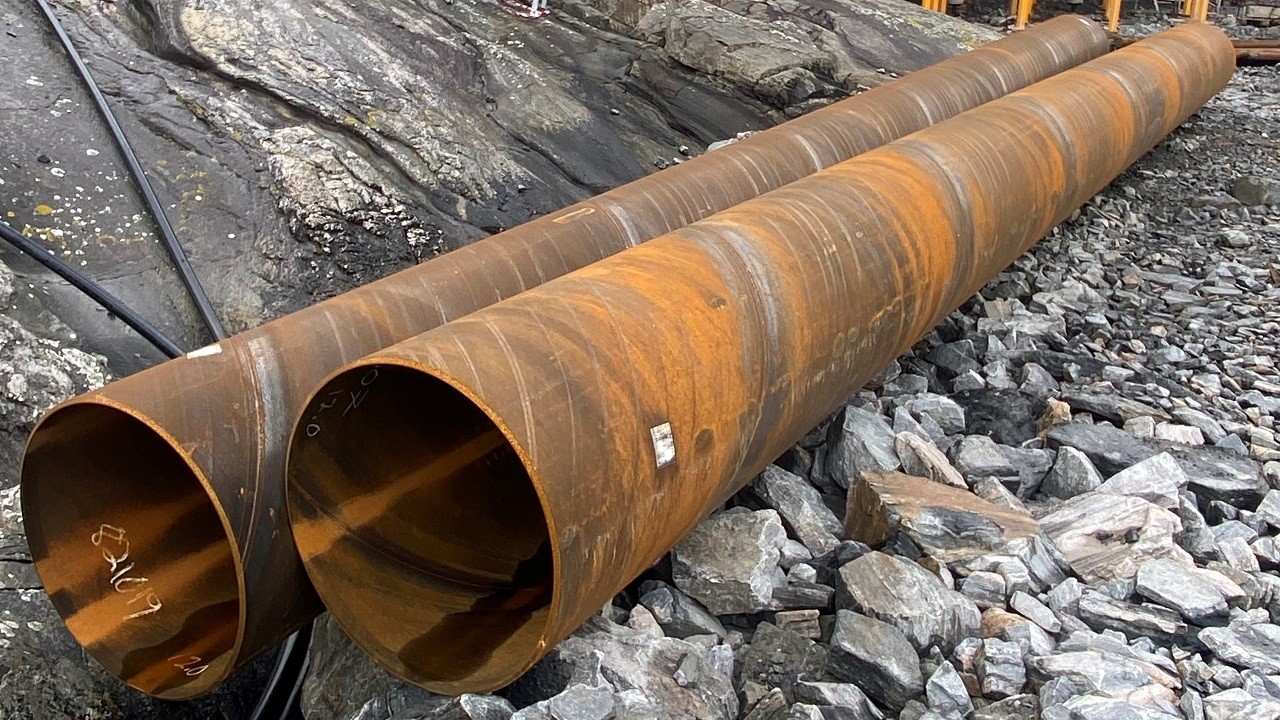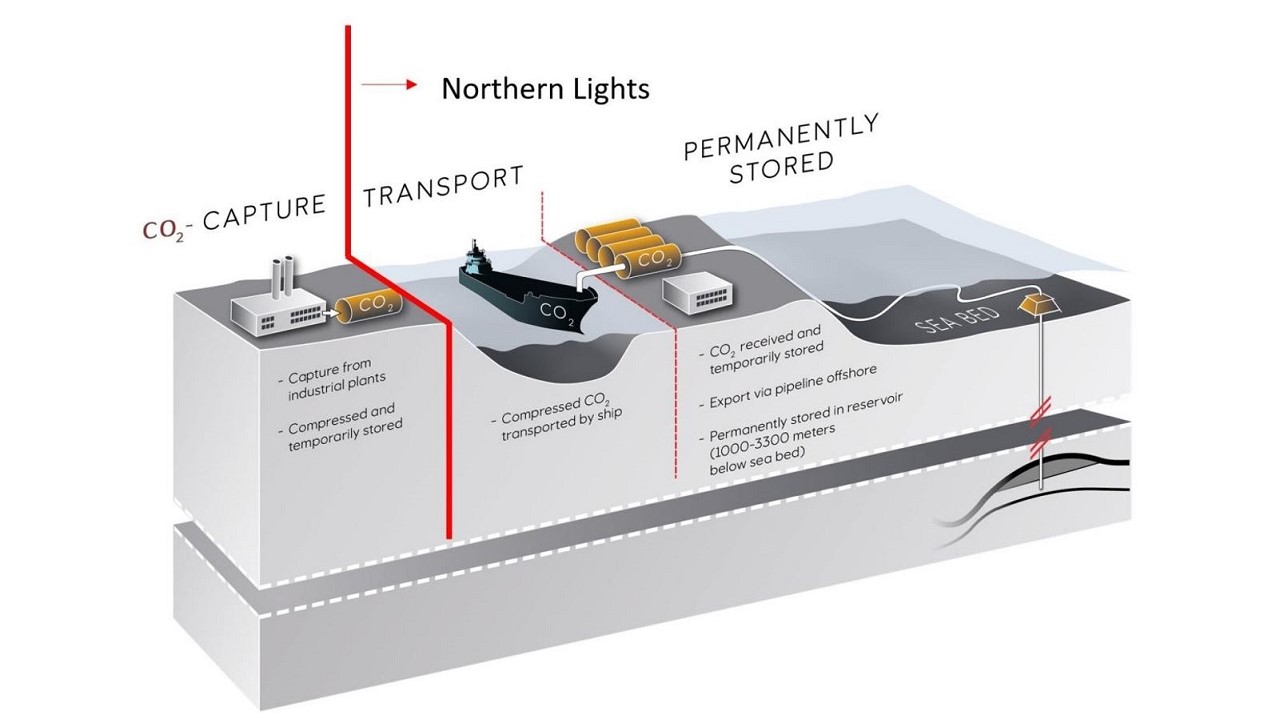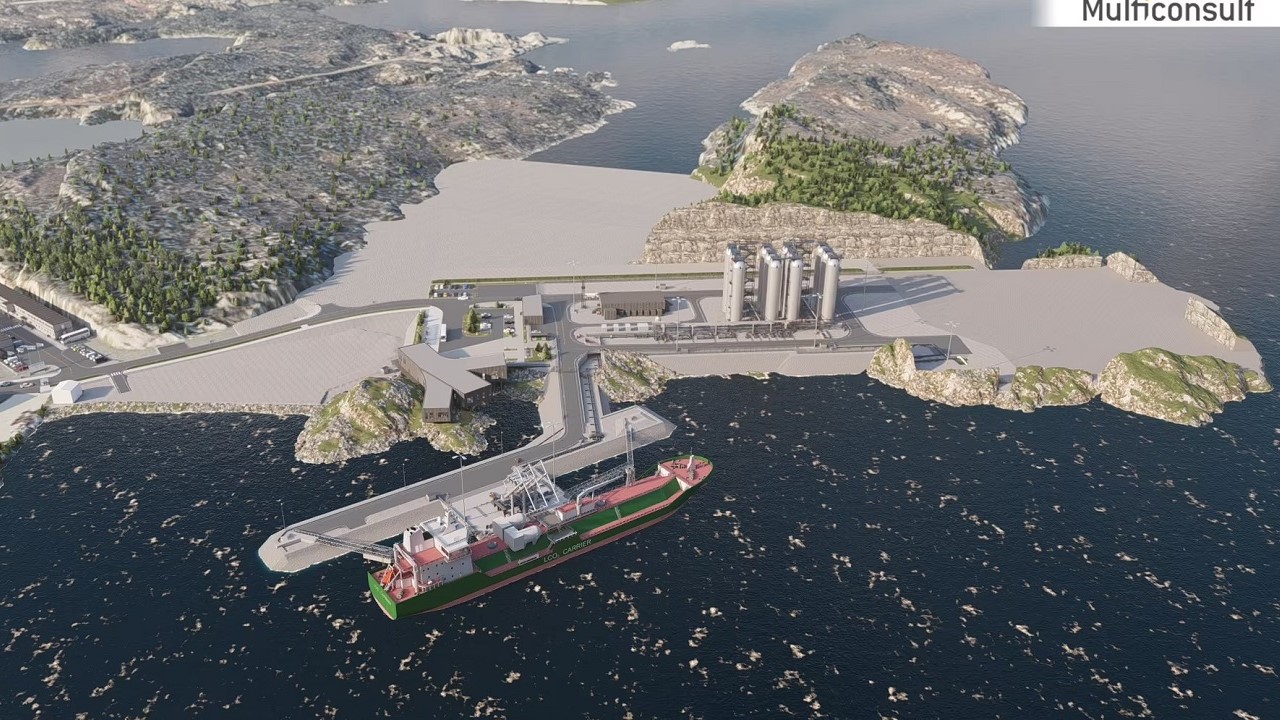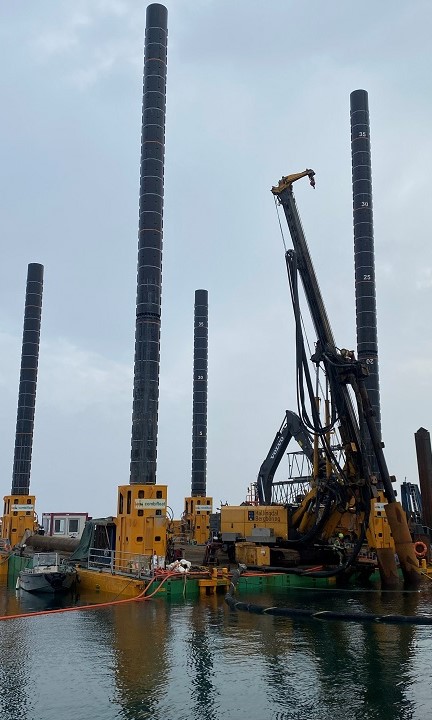SSAB's RD800/14.2 S355J2H was installed for the dolphin point. In all 550 meters was delivered in 18 meter lengths to site. For the jetty 2150 meter of RD1000/18 S355J2H was installed in 12 meter lengths and drilled 13 to 20 meters plus 2 meters into rock. Altogether 1100 ton of steel piles have been used in the structure.
Piles with diameter over 400 mm are spirally welded and produced in SSAB's facilities in Oulainen. Pipes from the Oulainen mill provides excellent tolerance requirements with out of roundness way below 2%. This secures efficient weld splicing of pipes due to overlapping pipe walls. If the out of roundness is to high splicing can be an issue on large diameter pipes. Execution class 2 where used in the welding procedure.
The pile installation took place from a jack-up barge. Due to a heavily inclined seabed the jack-up function was not in operation and anchors were used instead. Two rigs were operating at the same time. One to install large diameter piles (LDP) and the other to install steel core inside the LDP.




